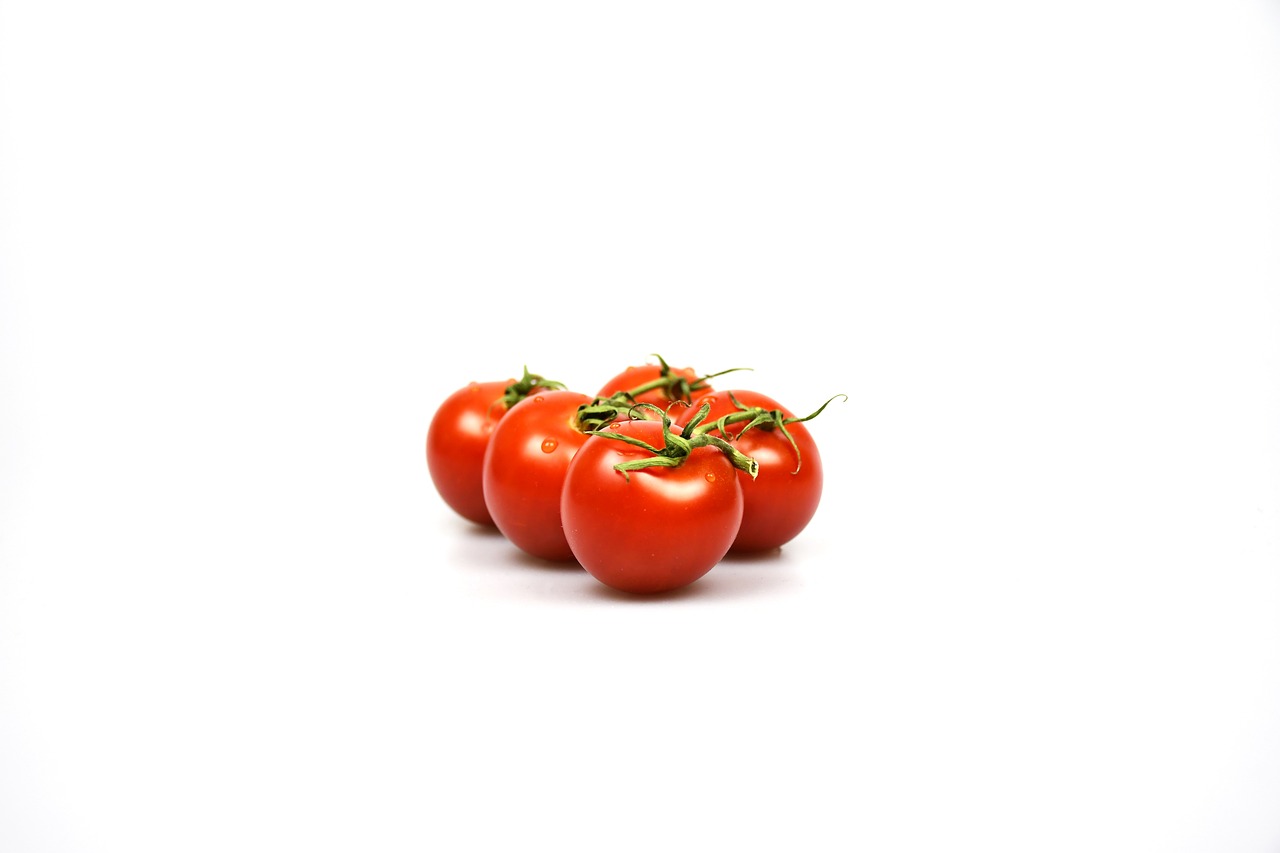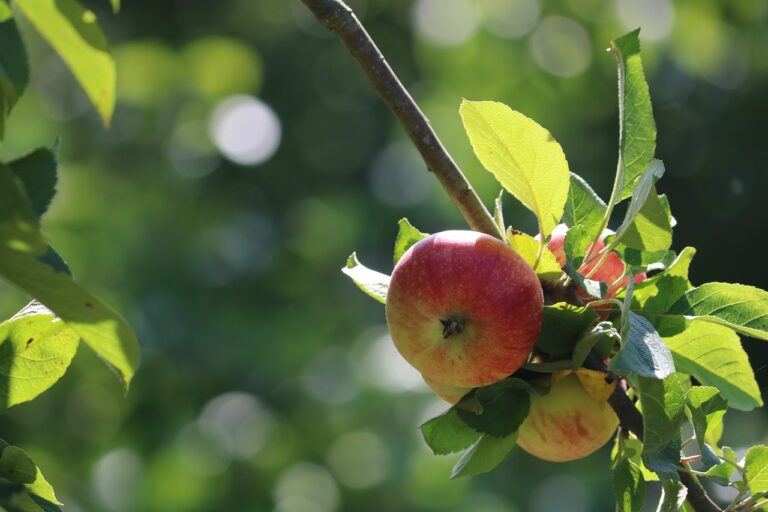Innovations in Natural Food Binding Procedures
betbhai9, playexch in login, lotus365 in login password: Innovations in Natural Food Binding Procedures
When it comes to food production, one of the key challenges faced by manufacturers is finding natural and effective ways to bind ingredients together. Traditionally, artificial additives and chemicals have been used to achieve the desired consistency and texture in food products. However, with consumers becoming increasingly concerned about the ingredients in their food, there has been a growing demand for natural binding procedures.
In recent years, there have been several exciting developments in the field of natural food binding procedures. These innovations not only help to create healthier and more sustainable food products but also contribute to enhancing the overall eating experience. In this article, we will explore some of the latest advancements in this area and how they are revolutionizing the food industry.
1. Plant-Based Binders
With the rise of plant-based diets, there has been a surge in the use of plant-based binders in food production. Ingredients such as chia seeds, flaxseeds, and psyllium husk are rich in soluble fiber and mucilage, making them ideal for binding ingredients together. These natural binders not only provide texture and structure to food products but also offer nutritional benefits such as fiber and omega-3 fatty acids.
2. Seaweed Extracts
Seaweed extracts, such as agar-agar and carrageenan, have long been used in the food industry for their gelling and binding properties. These natural ingredients are derived from seaweed and are rich in polysaccharides, which help to create a stable gel that can bind ingredients together. Seaweed extracts are not only effective binders but also add a unique umami flavor to food products.
3. Fruit and Vegetable Pectins
Pectins are naturally occurring polysaccharides found in fruits and vegetables, such as apples, citrus fruits, and carrots. These compounds have the ability to form gels when mixed with sugar and acid, making them excellent natural binders for jams, jellies, and baked goods. In recent years, food manufacturers have started to explore the use of pectins as binders in a wide range of food products, including plant-based meat alternatives and dairy-free desserts.
4. Egg Replacements
Eggs have long been used as a binding agent in food production, thanks to their ability to emulsify and stabilize ingredients. However, with the growing demand for plant-based and vegan products, there has been a need for natural egg replacements. Ingredients such as aquafaba (the liquid from canned chickpeas), flaxseed meal, and chia seeds can be used as effective substitutes for eggs in recipes, providing the same binding properties without the use of animal products.
5. Fermentation
Fermentation is a natural process that involves the breakdown of carbohydrates by microorganisms, such as yeast and bacteria, to produce acids, alcohols, and gases. In food production, fermentation can be used to create natural binders, such as sourdough starter and kombucha SCOBY, which help to bind ingredients together and enhance flavor. Fermented ingredients not only act as binders but also contribute to the overall nutritional profile of food products.
6. Nut and Seed Pastes
Nut and seed pastes, such as almond butter, tahini, and sunflower seed butter, are rich in fats and proteins, making them effective binders in food production. These natural ingredients not only provide a creamy texture and rich flavor to food products but also help to hold ingredients together. Nut and seed pastes are commonly used in energy bars, granola, and plant-based desserts as a healthy alternative to traditional binders.
7. FAQs
Q: Are natural binders as effective as artificial additives?
A: Yes, natural binders can be just as effective as artificial additives in binding ingredients together. In fact, natural binders often provide additional nutritional benefits and improved flavor profiles compared to artificial additives.
Q: Are there any allergens to be aware of when using natural binders?
A: Some natural binders, such as nuts, seeds, and gluten-containing grains, can be allergens for certain individuals. It is important to check the ingredient labels and inform consumers of any potential allergens in food products.
Q: Can natural binders be used in a wide range of food products?
A: Yes, natural binders can be used in a variety of food products, including baked goods, plant-based meats, dairy alternatives, and snacks. The versatility of natural binders makes them suitable for different types of recipes and formulations.
In conclusion, the advancements in natural food binding procedures have opened up exciting opportunities for creating healthier, more sustainable, and flavorful food products. By exploring innovative ingredients and techniques, food manufacturers can meet the growing demand for natural and clean label products while maintaining the desired texture and quality. With the continued focus on sustainability and consumer health, the future of food production looks promising with the use of natural binders.







